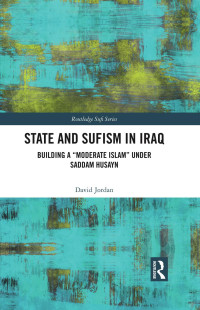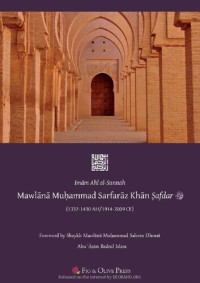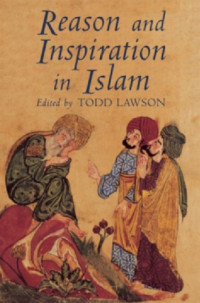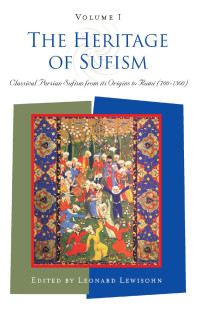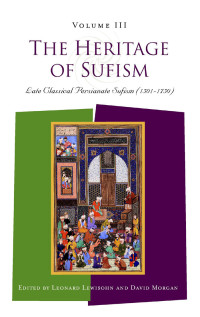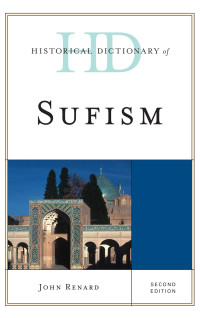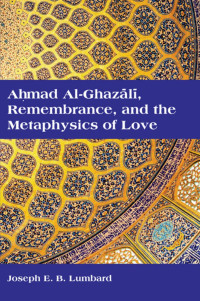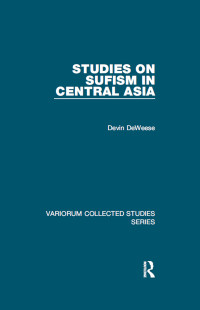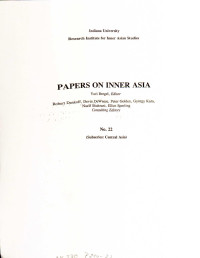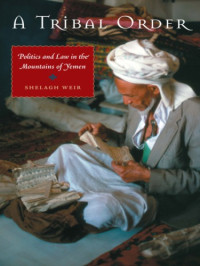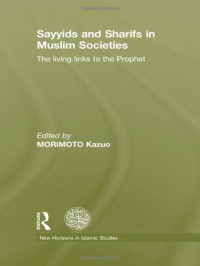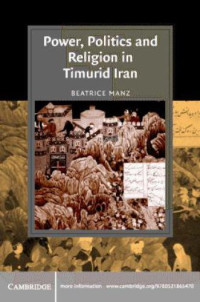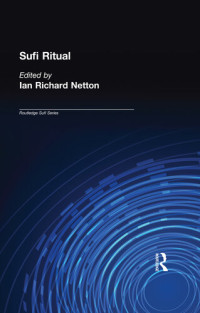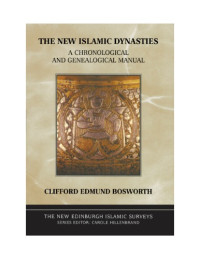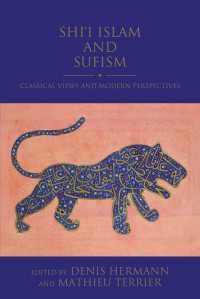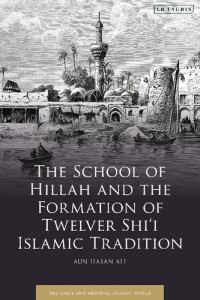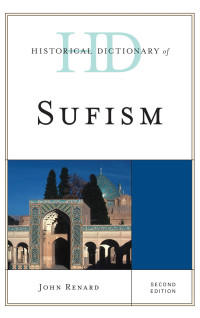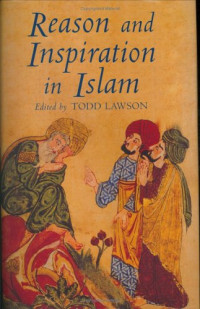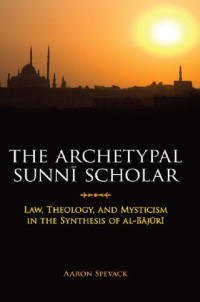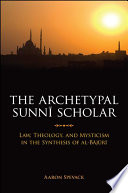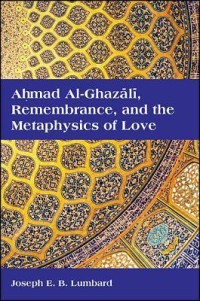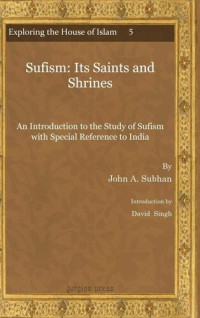
Studies on Sufism in Central Asia
Devin DeWeese
Studies on Sufism in Central Asia reproduces 12 studies which explore previously unstudied sources with an eye to identifying prominent developments in the social and organizational history of the major Sufi groupings of the region; The chronological range reflected in the studies included here runs from the 13th century to the 17th, with a somewhat uneven distribution between the earlier half of the period (13th-15th centuries, with six articles, Nos. II, IV, V, VII, VIII, and XI) and the later half (16th-17th centuries, with four pieces, Nos. III, IX, X, XII), and two studies (Nos. I and VI) spanning the entire period. In terms of specific Sufi traditions, the studies included here reflect DeWeese’s attention to groups and individuals that might be identified (despite the focus of some of his more recent work on questioning the use and meaning of such labels) as Kubravī, Yasavī, and Khwājagānī/Naqshbandī, with four studies focused entirely on ‘Kubravī’ circles (Nos. I, II, V, XI), five on ‘Yasavī’ subjects (Nos. III, VII, IX, X, XII), and one on the Khwājagān (No. VIII), as well as one dealing with Yasavī-Naqshbandī relations (No. VI) and another exploring a group that falls outside these labels (No. IV). Khwājagānī and Naqshbandī history has a strong ‘background’ presence, nevertheless, in five other articles (Nos. I, III, IV, VII, and IX), reflecting the steady rise of the Naqshbandīya to predominance among Central Asian Sufi traditions.
সাল:
2012
প্রকাশক:
Taylor & Francis Group
ভাষা:
english
ফাইল:
EPUB, 1.61 MB
IPFS:
,
english, 2012
 Amazon
Amazon  Barnes & Noble
Barnes & Noble  Bookshop.org
Bookshop.org  File converter
File converter অনুসন্ধানের আরো ফলাফল
অনুসন্ধানের আরো ফলাফল More benefits
More benefits 